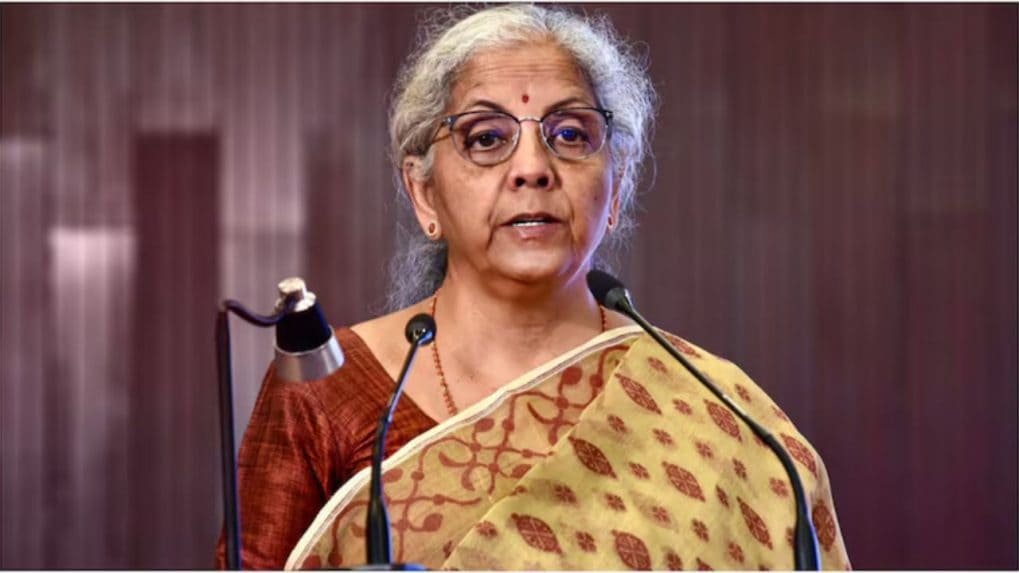Advertising
Co-lead or crown? Tussle for Omnicom–IPG leadership race in India heats up

In a landmark decision, the Goods and Services Tax (GST) Council on Wednesday, September 3, approved a simplified two-tier rate structure of 5% and 18%, to be rolled out from September 22. The decision, reached during the Council’s marathon 56th meeting that lasted 10.50 hours, marks one of the most significant tax reforms since GST’s introduction in 2017.
Bihar Deputy Chief Minister Samrat Choudhary confirmed that all states unanimously supported the rationalisation move, calling it a “consensus-based decision.” West Bengal Finance Minister Chandrima Bhattacharya, however, cautioned that the overall revenue loss from the restructuring is estimated at ₹47,700 crore. Uttar Pradesh Finance Minister Suresh Khanna clarified that while discussions were held, no decision has been taken yet regarding the tax incidence on demerit goods, with a levy above the 40% ceiling to be considered later.
Finance Minister Nirmala Sitharaman, who chaired the meeting, announced that tobacco products and cigarettes will continue to attract 28% GST along with compensation cess until outstanding loans raised under the cess regime are repaid. She also confirmed that GST on pan masala, gutka, and other tobacco products will now be calculated on retail price rather than transaction value, with a 40% levy applied across pan masala, chewing tobacco, cigarettes, and similar goods. The same 40% rate will also extend to aerated beverages, carbonated drinks, flavoured or caffeinated beverages, and fruit-based drinks with added juice.
Key Rate Reductions
The Council’s decisions introduced sweeping changes across multiple sectors. Ultra-high temperature (UHT) milk, paneer (chena), and all varieties of Indian bread have been moved from the 5% slab to nil GST. Household essentials such as hair oil, soaps, shampoos, toothbrushes, bicycles, and tableware now fall under the 5% category, as do popular food items like namkeen, pasta, instant noodles, coffee, cornflakes, butter, and ghee. The 5% slab has also been extended to handicrafts, marble and granite blocks, 12 specified biopesticides, natural menthol, spectacles, diagnostic kits, and renewable energy devices, including solar heaters and windmills.
Heavy industries and transport have also received relief. The GST on air conditioners, all television sets, dishwashers, cement, and small cars has been reduced from 28% to 18%. Motorcycles under 350 cc, buses, trucks, three-wheelers, and ambulances also move to the 18% bracket, while auto parts and tractors now fall under the same rate.
In healthcare, a significant reform was announced: 33 life-saving drugs have been exempted from GST entirely, down from the earlier 12% slab. Additionally, all individual life insurance and health insurance policies, including floater plans and senior citizen policies, have been exempted from GST to make insurance more affordable for households.
Agriculture and allied industries also benefit from the rationalisation. GST on soil harvesting machines, fodder machines, and composting equipment has been reduced to 5% from 12%, while rates on sulphuric acid and ammonium—critical inputs in fertiliser manufacturing—have also been slashed to correct the inverted duty structure in the sector.
Reform Linked to Larger Economic Vision
Highlighting the broader vision behind the overhaul, Finance Minister Sitharaman said, “The Prime Minister actually set the tone for the next generation of reforms on August 15. These reforms are not just a rationalisation of rates, but also a step towards ease of doing business and ease of living. There shall be only two slabs.”
The Finance Minister clarified that while most goods and services will fall under the 5% and 18% slabs, sin and luxury goods will remain taxed at a higher effective rate of 40%. This category includes pan masala, cigarettes, tobacco, aerated drinks with sugar, mid-size and luxury cars, motorcycles above 350 cc, yachts, and aircraft for personal use.
The revised GST regime will come into force from September 22, coinciding with the first day of Navratra, making it a politically symbolic rollout. While the decision has been hailed as a long-pending structural correction aimed at simplification and consumer relief, states are bracing for the projected revenue shortfall. Nevertheless, the consensus-driven reform underscores the Centre and states’ shared commitment to streamlining India’s indirect tax system.
According to LinkedIn’s research with over 1,700 B2B tech buyers, video storytelling has emerged as the most trusted, engaging, and effective format for B2B marketers. But what’s driving this shift towards video in B2B? (Image Source: Unsplash)
Read MoreDiscover Arattai, Zoho’s made-in-India messaging app. Features, privacy, user growth, and how it compares to WhatsApp in 2025.